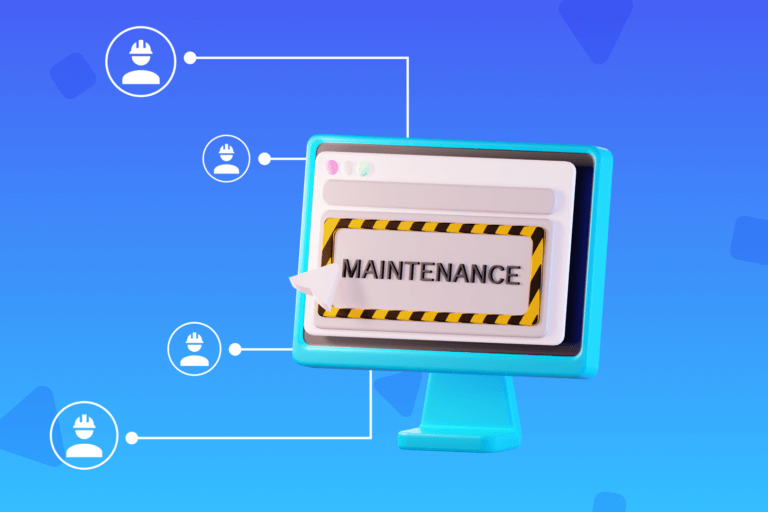Transportation is one of the key sectors in urban planning, and a proper record of its daily flow becomes essential to determine future politics which help improve the way people move about in the city. Statistical reports are the tools most used by urban planners to define the sector’s future objectives. An understanding of trip origins and destinations – and how trip-makers select routes, modes and destinations – are required to plan extensions or changes to a road or public transport network; to assess the viability of a new investment; and to assess how well the existing transport system is serving the population and businesses in a specific area, as states an article by The World Bank.
The origin destination survey is an investigation on the basis of a sample of households and public, private and freight transport users, which aims at acquiring a photograph of the number of daily trips they carry out. The origin destination survey is very used worldwide to analyze how to improve the means of transport from a certain geographic area. The article indicates that “At the core of this process is an Origin Destination survey: essentially a matrix of trips between different zones of a region. Traditionally, getting this information in the context of an urban area has been a difficult, expensive and time-consuming process. We are often talking about millions of dollars for trip activity surveys of thousands of households, complemented by extensive analysis of socio-economic data”
The process to develop an origin destination survey is long: can take up to a year, and many stages need very specific technical skills and a lot of quality control. Survey design, sample design, training the surveyors, ensuring they are accurate (not making up data, not entering data erroneously), and subsequent stages of analysis all require significant technical capacity to implement, as well as an almost equal level of technical skill to supervise the work.
Concerning the challenges to generate tools such as the origin destination survey for assessing the current situation of a transport network and supervising its proper performance, a scientific paper published at ScienceDirect.com points out that the manual observation using tally sheets is a frequent practice in the field. This method of data collection has the following drawbacks: expenses for the decoding of handwritten symbols from the tally sheets; expenses for data input into the database; observers can be irresponsible, etc.
The result is that the basic information needed to test alternatives and make decisions about transport investments is collected too rarely – at best no more than once every decade – and even the results of existing surveys have suspect deficiencies. The necessity to propose innovative ways to collect information from the field for statistical reports and origin development surveys, new ways which can revolutionize the analysis of the transport system, through software tools using mobile technology and can be trend-setters compared to the obsolete methods used today.
In this line, mobile tools for the origin destination survey, such as the ones offered by DataScope, have proved very useful to improve productivity in different fields, saving both time and money, and avoiding several problems caused by manual filling of paper reports.
The scientific paper mentioned earlier, in fact, mentions the results after the implementation of a software solution as an alternative to the manual filling of a tally sheet. The main advantages of the developed solution were the following:
- Project manager can control start and finish time of observer’s work.
- Project manager can control the location of observers.
- Data is sent instantly and is immediately available for analysis.
- Data can be analysed in the context of different time intervals.
DataScope is a platform which allows various industries to streamline, organize and evaluate the work of their field staffs thanks to online forms which provide real time indicators 100% adaptable to any field.








